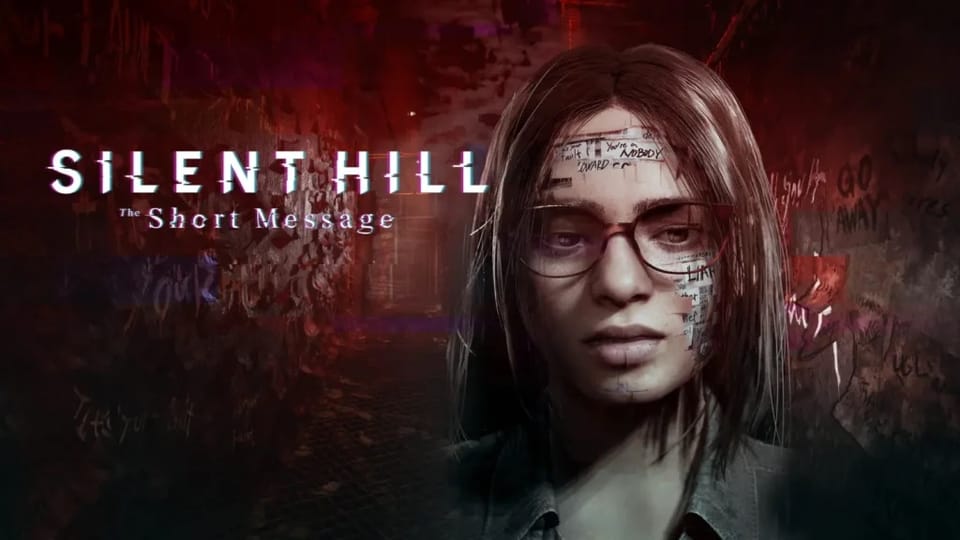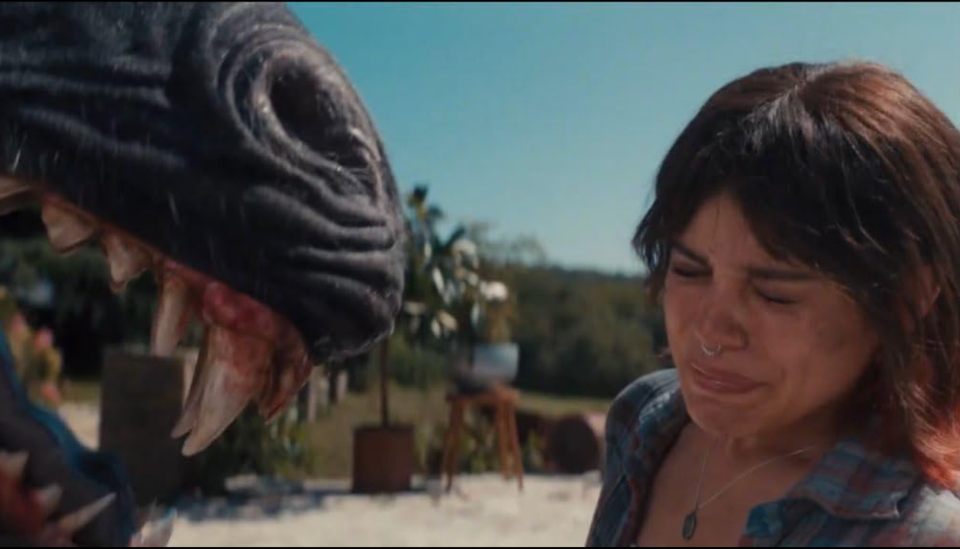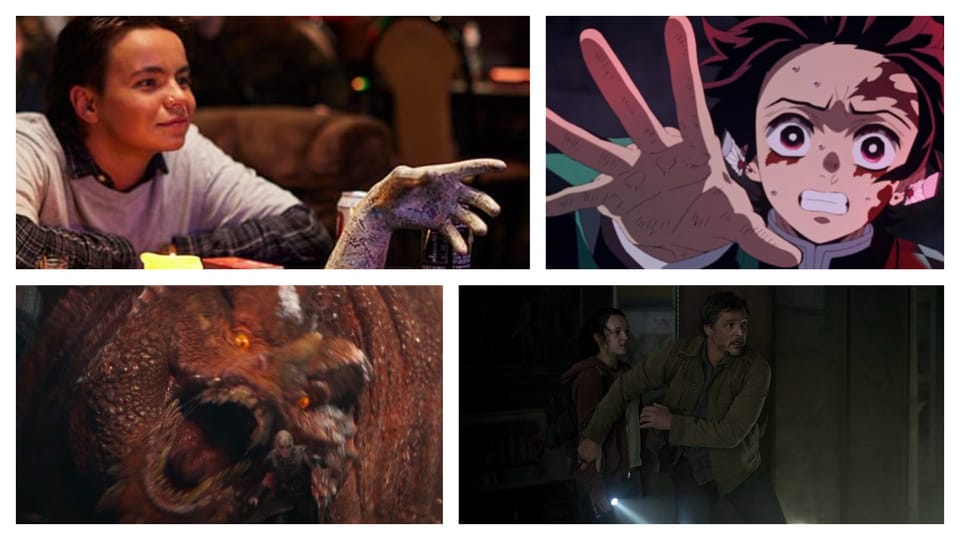Horror stories have a long history of paralleling raw, painful human experiences, and Silent Hill: The Short Message, the latest release in a franchise known for exploring the dark depths of the human soul, leans heavily into such subject matter. Co-developed by Konami Digital Entertainment and HexaDrive and released for free on the PS5 at the end of January, The Short Message explores potentially triggering subjects, such as suicide, depression, bullying, and child abuse and neglect. In fact, the game is well aware of the effect this could have on its players, and so warns them multiple times in between story beats by providing information on how to reach out for help, if needed, and phone numbers for support hotlines.
Upon the starting the game, Anita wakes up in an abandoned building in Kettenstadt, Germany. She immediately receives a text from her friend Maya, an internet-famous graffiti artist, who asks Anita to come and find her somewhere in the building. As the player explores the building through Anita's first-person perspective, it is revealed through various ephemeral — old records, newspaper clippings, letters, and books — that this building has a dual reputation.
On the one hand, the building is a site for teenage creativity, with young artists using its walls to share their art, turning the space into an urban art museum. On the other hand, it is a site of tragedy, because a number of young people have climbed up to the roof and committed suicide, which is indicated by a memorial on the ground floor for those who died.
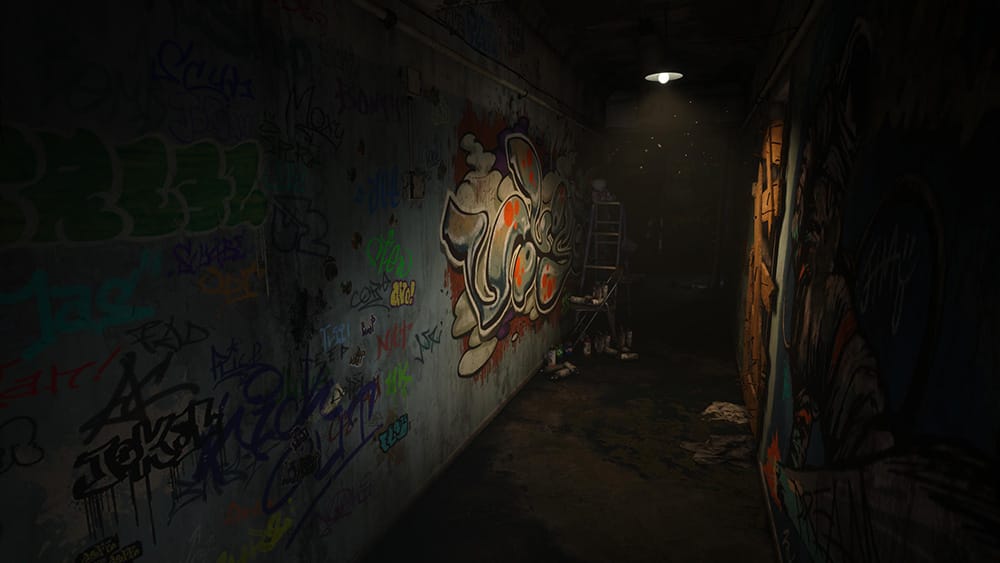
Much of the gameplay is akin to a walking simulator, in that it involves exploration through the grimy, trash strewn hallways with their graffitied walls, chained up doorways, and abandoned rooms. When she interacts with objects, the game reveals elements of the story — the abuse at the hands of her mother, her disconnected relationships with her friends, and the need for acceptance and approval (both through friendship and social media likes). Through continued exploration, it becomes more and more clear that this building has become a maze of her own mind, reflecting her own sense of self worth and trauma.
The game attempts to reflect this pain in several ways. The dilapidated building in which she finds herself and dreamlike elements (such as post-it with insults papering the walls) represent her crumbling self worth. Meanwhile, memories of her friendship with Maya (someone of whom Anita was jealous) are presented in full-motion video sequences, illustrating the way the painful past can sometimes feel more vivid than the present. Anita's phone, which she uses as a flashlight, is simultaneously her light in the dark and a source of pain, with its constant reminder of her worth according to social media. Further, the messages that come through from friends may be supportive or hurtful, depending on who is speaking.
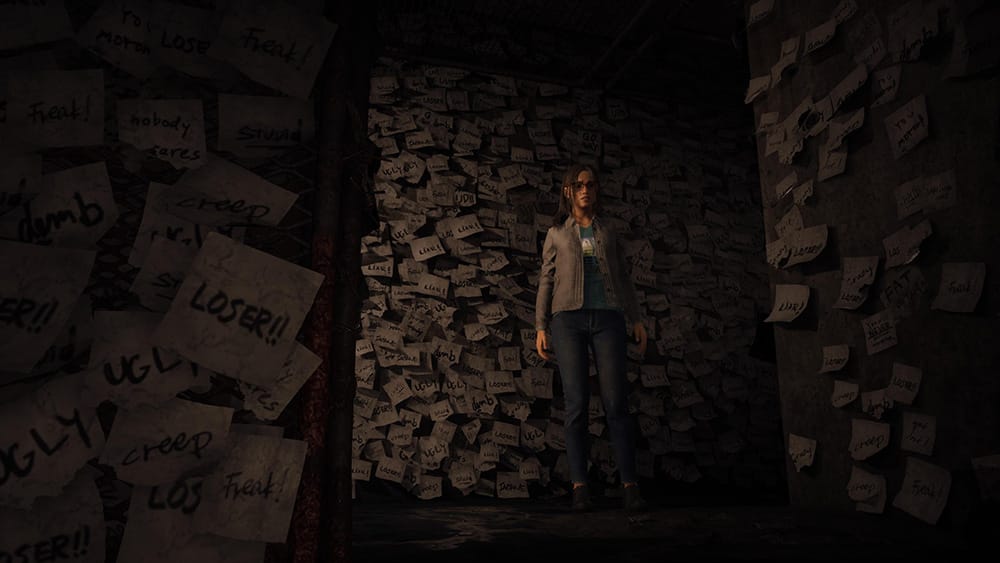
While most of the tension and horror comes from the environmental storytelling, the game ramps up the intensity with several chase sequences. Opening certain doors suddenly puts Anita in a more deadly and horrifying version of the hallways — with the walls being corroded down to rusty metal. She is forced to run through a maze of hallways and doors, while being confronted with a terrifying and beautiful monster covered in cherry blossom petals. The sudden threat evokes a sense of panic in both Anita and the player, with the calm meandering transforming into sudden flight through an incomprehensible maze with barely a sense of how to escape.
This ... is where the game somewhat lost me, as someone still new to playing horror games. I managed to stumble through the first of the three mazes just fine, but struggled with the other two. For me, these sequences don't provide enough guidance or player feedback to correct my mistakes and intuitively move forward in the right direction. In one case, I incorrectly interpreted the visual feedback of glitchiness (akin to a scratchy camera screen) as a negative instead of a signal that I was heading the right way — and thus found myself continually avoiding the correct path. It wasn't until I looked up how to get through the maze online that I realized my mistake and was able to progress.
While I'm aware that these types of maze-chase sequences are fairly common in indie horror games, I personally found them so confounding and frustrating that it took me out of the experience and killed any sense of fear and tension I had previously enjoyed in the game. Though, I was satisfied to complete the game and main story (with some help), I might have enjoyed it even more without the frustration.
My personal experience with the Silent Hill franchise is limited to watching my brother play them when we were younger and watching the 2006 film, so I can't really comment on how well this game fits in to that universe. The main connections I noticed were the presence of fog erasing the outside world and the dark chainlink and red hellish glow that showed up in the maze sequences, representing the darker shadow of humanity.
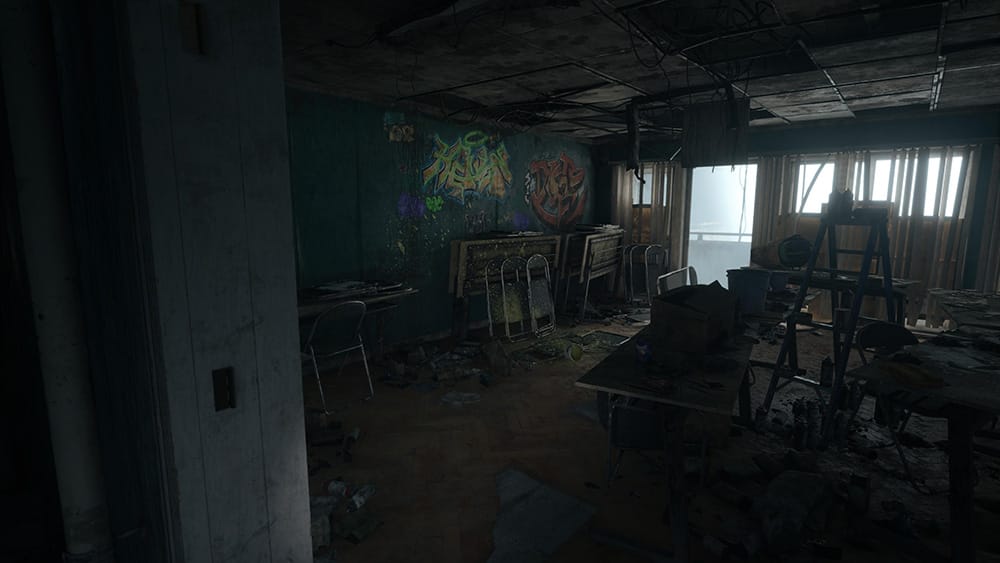
As a side note, elements of The Short Message also felt inspired by other games — not necessarily in a straight up copying sort of way, but more as a kind of echo. Whether these echoes were intentional or not, I don't know. It's common for creators to be influenced by concepts from other games or works of art. It's also common for two creators to come up with ideas without realizing their similarities to each other.
The main echo is P.T., a 2014 psychological horror game, which was developed by Kojima Productions as an interactive teaser for Silent Hills, a game that was never completed. P.T. featured a single hallway that the player would loop through over and over again with a growing sense of dread and horrifying imagery upon each return. In The Short Message, there are a few loops through the same locations to reveal new story information and scares, though these loops are shorter (only 2-3 times at most).
Another echo is Sea of Solitude, an indie game developed by Jo-Mei Games (which I loved). In the high school flashback sequence of The Short Message, Anita is confronted with shadowy figures of her classmates hurling insults at her — and I couldn't help but think of the shadowy bullies that attack Kay's little brother in Sea of Solitude.
In general, I find it interesting when storytellers use similar techniques to evoke certain effect. I would argue that Sea of Solitude is more successful at showing the character dealing with and healing depression and other dark emotions — though, that's largely because these are very different games, with the one meant to reveal healing and growth, and the other intended to create a sense of dread and horror.
At the end of the day, my feelings when it comes to The Short Message are somewhat mixed. I generally enjoyed exploring the world of the game in the abandoned building and Anita's story — but only up until the point of the maze sequences, which took me out of the experience. However, other players who enjoy horror games and are more comfortable with those types of chase sequences may have a better time with the overall game.
